Teenage Engineering OP-1 Field Review
After 11 years, Teenage Engineering has finally updated its best-known product and released the OP-1 Field. While the new model remains a crossover between synthesizer, drum machine, sampler, sequencer, 4-track recorder, controller, and a simple USB audio interface – the concept and especially the price will once again provide enough material for passionate discussions. This short review is about the most important improvements and new features and, of course, the question of questions: What’s the hype all about, and is it justified?
Note: This article by Dirk Behrens was originally published in German on gearnews.de.
Teenage Engineering OP-1 Field
I must admit that I jump at products like the OP-1. I like hand-held video games, I like synths and samplers, and a device that looks and feels like a combination of these worlds is simply irresistible to me. But there’s also an inner voice that keeps my desire in check. That’s why I’ve resisted buying an OP-1 ever since the first one came out in 2011, even though in my imagination I constantly saw myself sitting on the beach, in the park, or on the couch, making tracks on the little magic box. The price and the rather limited possibilities compared to a full-blown DAW kept me from buying it in the end.
Which brings us to the new OP-1 Field. Needless to say, it continues to rely on the incredibly successful concept, but it brings about many improvements that were high up on many users’ wishlists, as well as a handful of completely new features. Unfortunately, Teenage Engineering took the opportunity to raise the price once again to a level that will leave most of us breathless. Do they really want almost 2000 Euros for it?! When I was offered a review unit, my curiosity and anticipation were met by the fear of not wanting to return it after finishing the review, thus straining my budget with an expense that I’d rather avoid at the moment. But curiosity got the best of me and I just had to take a closer look at the new version of this modern classic.
The most important news
The manufacturer’s website has a full list of all the new features, but we’re not going to worry about all the little details listed there, such as the new color scheme of the encoders. In this review, I’ll mainly concentrate on the most interesting innovations.
Stereo is certainly the first keyword that’ll make you sit up and take notice if you’re familiar with the previous version. Everything’s now in stereo, from the synth engines and samples to the effects and tape emulations, of which there are now four (Studio 4-Track, Vintage 4-Track, Porta 4-Track, and Disk Mini – also with only four tracks). Furthermore, Teenage Engineering has improved the audio resolution to 32 bits and 96 kHz.
In addition to this, Teenage Engineering has extended the maximum sampling time from 12 to 20 seconds, and the internal memory now holds over 160 minutes of audio material. That’s quite a lot compared to the 24 minutes of the old model. And there are now eight tape slots for use with the four recorders – another welcome improvement.
The internal battery now lasts for up to 24 hours of use, and the OP-1 Field receives power via the USB-C port, which also transmits and receives audio and MIDI. Wireless MIDI over Bluetooth is now also supported. The built-in speaker system with a passive driver is now louder and sounds better than the predecessor. On the outside, the OP-1 field has become slimmer and features a new display that delivers an incredibly sharp image. And the little meter on the right-hand side, which has grown by a few LEDs, now shows not only levels, but also the battery status if required.
New graphics and other improvements
The manufacturer also didn’t miss the opportunity to give the graphics a complete overhaul. This is most noticeable, for example, while editing samples, where you can now zoom into waveforms. The radio is of course still there, but you can now also use it to broadcast yourself! The gyro sensor and the small microphone in the top right corner are also still there, and the latter has been revised. In addition to the mini-jack input for external signals, the headphone output (TRRS) can now also be used for recording using a headset microphone.
Last, but not least, Teenage Engineering has given the OP-1 Field a whole new synthesizer engine called Dimension. There’s also a new effect – a very good-sounding reverb named Mother – and a new sequencer named Hold. The number of presets has increased, as well as the number of drum kits. That said, nothing has changed in terms of polyphony, where the OP-1 field still offers six voices like the predecessor.
If you’ve made it this far, you already know that lots of things have changed. But these are only the most important new features and differences in comparison with the previous model, and not a complete feature list – that would simply go beyond the scope of this review.
Unboxing and build quality
Teenage Engineering is all about advanced design. This goes for the hardware itself, but also for the packaging. The OP-1 Field comes in a modest cardboard box with a monochrome print. The part that holds the synth itself can also serve as protection for taking it on the road. A small printed manual in English is included, as well as a short USB-C cable.
The build quality of the OP-1 Field makes a convincing impression. The small device looks very solid; all buttons and controls feel sturdy. And the screen is an absolute highlight. Fonts, colors, animations – everything just looks “crisp” and sharp, and black is really black on this screen. It’s also a bit bigger than the predecessor’s. I find it unusual that the power switch sticks out a bit on the side, but it doesn’t feel wobbly or overly sensitive. The new aluminum case also makes the tiny synth feel heavier than it looks.
Teenage Engineering OP-1 Field in use
The layout of the controls is proof of Teenage Engineering’s talent for good design. Everything’s clearly structured and the new color scheme for the encoders matches the parameters on the screen. Despite the many options, it’s impossible to get lost in deep menus. Some functions and parameters require you to hold down the shift key to reach them, and that’s about as complicated as it gets.
Like the original OP-1, the Field is divided into four areas: Synthesizer, Drums/Samples, the Tape section for recording and playback, and the Mixer. Each of these areas is then divided into four subsections, which you can access by pressing the buttons 1, 2, 3, and 4. In the case of the synthesizer, for example, the buttons switch between the synth interface, the envelope, the FX page, and the LFO settings. Eight more buttons give access to presets. And the button on the far right brings up the sequencer.
Fast workflow
These shallow menu structures and the limitation to four tracks (each of which can handle any number of overdubs) make for a very fast workflow. And if you haven’t used the OP-1 Field for a while, you’ll get right back into it without having to relearn how it works.
However, those who are used to working with a DAW or other complex production environments could also miss a few things here. For example, there’s no way to combine several patterns into songs, not to mention the lack of some essential features like quantization and undo. The workflow is built around the idea of recording on tape, which doesn’t allow for either. In addition, I’d really like more send effects, and for my taste, there are sometimes simply too few adjustable parameters, as the four encoders offer just a maximum of eight settings in combination with the Shift key. On the other hand, where there are limitations, there are always ways to work around them. In the end, however, I’d always resort to the DAW for producing complete tracks – it’s just more convenient for me personally.
But there’s absolutely no denying that experimenting with the OP-1 Field is great fun. One feature, in particular, plays a big role in this, which I’ll now discuss.
Sound
As you’ve already read, the internal audio resolution is now 32 bits. While I’ve never really used the predecessor and cannot compare the sound directly, countless fans have done so, and everyone seems to agree that the OP-1 Field sounds better. But some also criticized that the lo-fi character of the first OP-1 has been lost a bit in the process.
While I can’t make these comparisons myself, I’d say that the OP-1 Field can absolutely deliver some tasty lo-fi sounds. The effects, the new tape modes, the recording speed, and the possibility to create samples from the recordings provide plenty of room for experimentation. However, if you’re a fan of the characteristic sound of the original, you should know that everything sounds better and more hi-res on the Field.
That aside, my personal impression is that none of the synth engines can conceal their inherently digital character, and that’s absolutely fine. The various engines sound really good and it’s great fun to create sounds with them. The tape models each have their own individual character, but I could personally do without the Disk Mini mode. The quality of the effects surprised me a lot, especially the new Mother reverb, but I also really like the delay, grid, and spring reverb. If Teenage Engineering ever gets into the plugin business, I’d really like to see implementations of these in software – complete with all the fancy graphics and animations.
Conclusion
The Teenage Engineering OP-1 Field doesn’t make it easy for me. On the one hand, there are many limitations, which seem downright anachronistic with today’s possibilities. On the other hand, the list of features is huge considering its tiny size. And it comes with many fresh and unusual ideas like the radio feature, the gyro sensor, or the interesting sequencers. And what comes out of it in terms of sounds is absolutely worth listening to.
However, I can’t really imagine creating a whole song or track on this device. Not so much because of the limitation to four tracks, but rather because of the strict adherence to a tape recorder-like workflow. Personally, I’d use the OP-1 Field to create small sketches, samples, and loops, or to record interesting sounds from the radio.
From my point of view, the OP-1 Field is a toy – but one that’s great fun to play with and offers plenty of room to get creative. That said, I probably wouldn’t want to trade my laptop for it on a desert island. On the road, this little gem is an ultra-compact all-in-one machine with tremendous sonic versatility. The biggest competition in this regard is probably an iPad (mini), which also offers endless creative possibilities with an app like AUM as the hub and the many available music apps and AUv3 plugins.
Those who own and love the predecessor will take the OP-1 Field even more to their hearts. If you dig the workflow, it could absolutely be worth it to sell the original, invest a few hundred bucks more, and get yourself the new edition. I’m almost certain that the OP-1 Field will be a success despite its insane price.
Price and availability
The Teenage Engineering OP-1 Field is available from Thomann* for 1999 Euros. The original model is no longer in production.

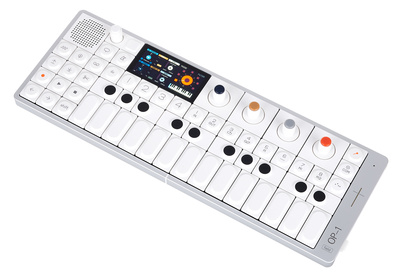
More info about Teenage Engineering OP-1 Field
Videos
You are currently viewing a placeholder content from YouTube. To access the actual content, click the button below. Please note that doing so will share data with third-party providers.
You are currently viewing a placeholder content from YouTube. To access the actual content, click the button below. Please note that doing so will share data with third-party providers.
You are currently viewing a placeholder content from YouTube. To access the actual content, click the button below. Please note that doing so will share data with third-party providers.
You are currently viewing a placeholder content from YouTube. To access the actual content, click the button below. Please note that doing so will share data with third-party providers.
* This post contains affiliate links and/or widgets. When you buy a product via our affiliate partner, we receive a small commission that helps support what we do. Don’t worry, you pay the same price. Thanks for your support!
One response to “Teenage Engineering OP-1 Field Review”

 3,5 / 5,0 |
3,5 / 5,0 | 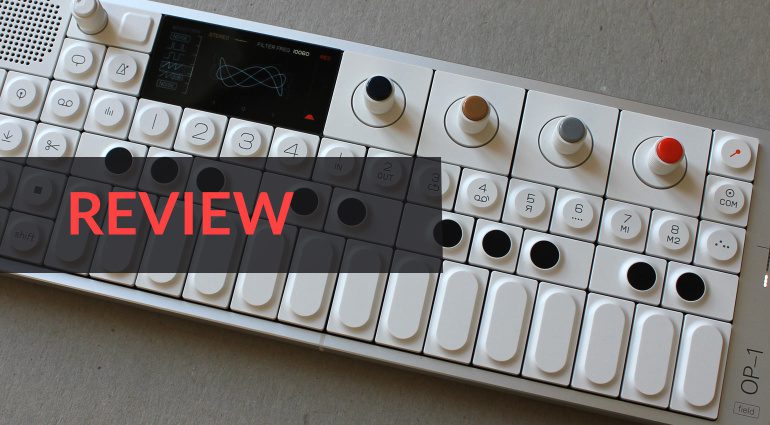

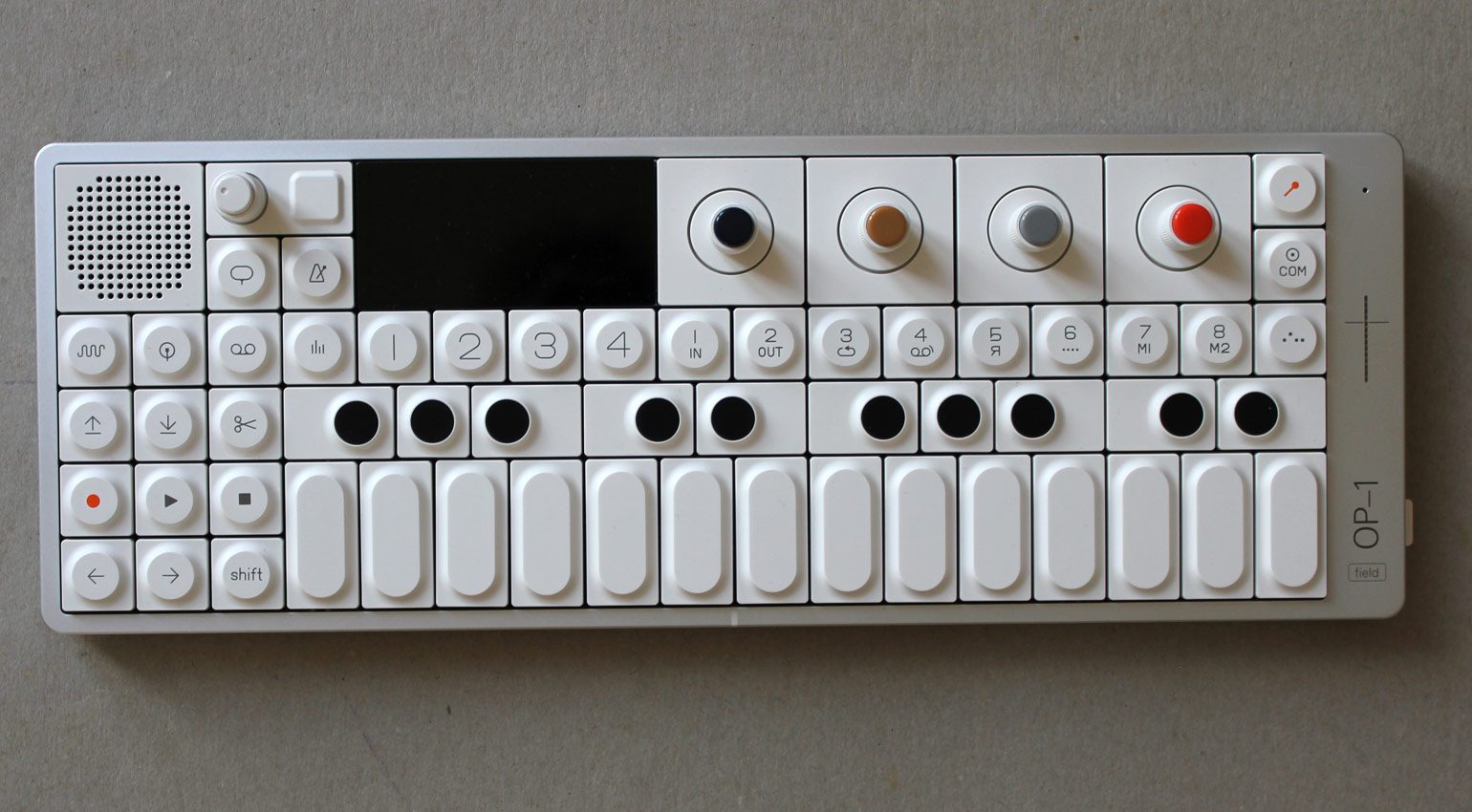
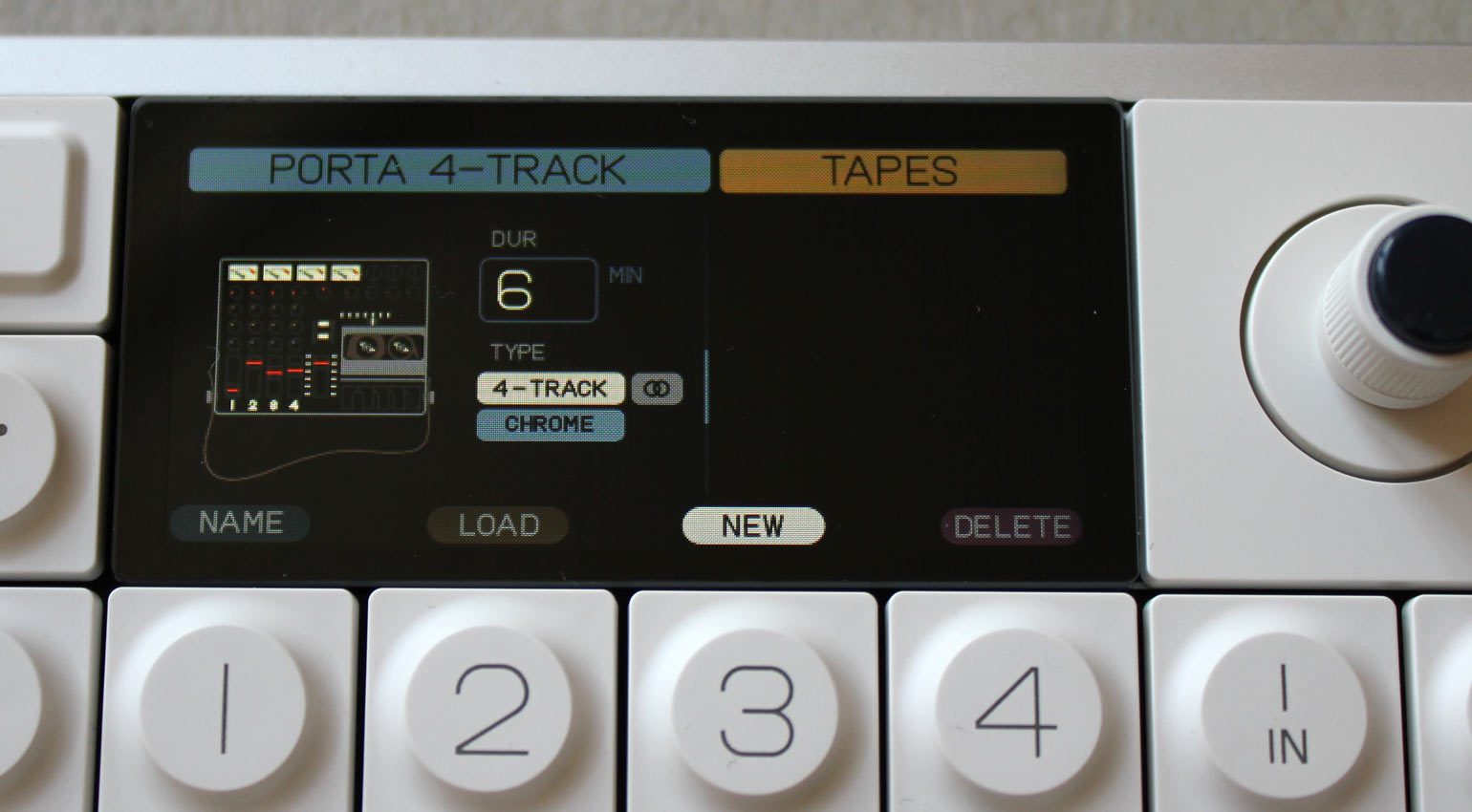
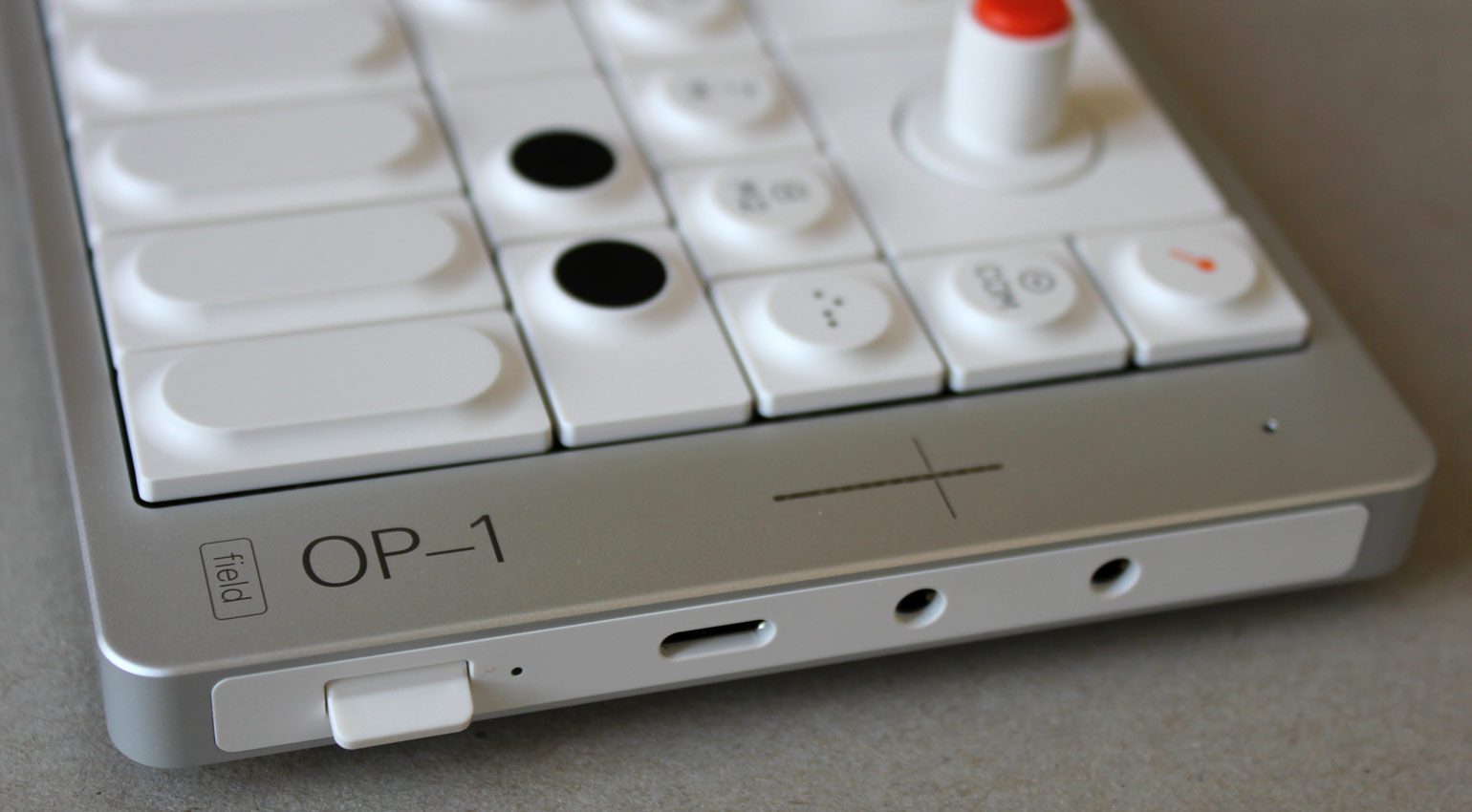
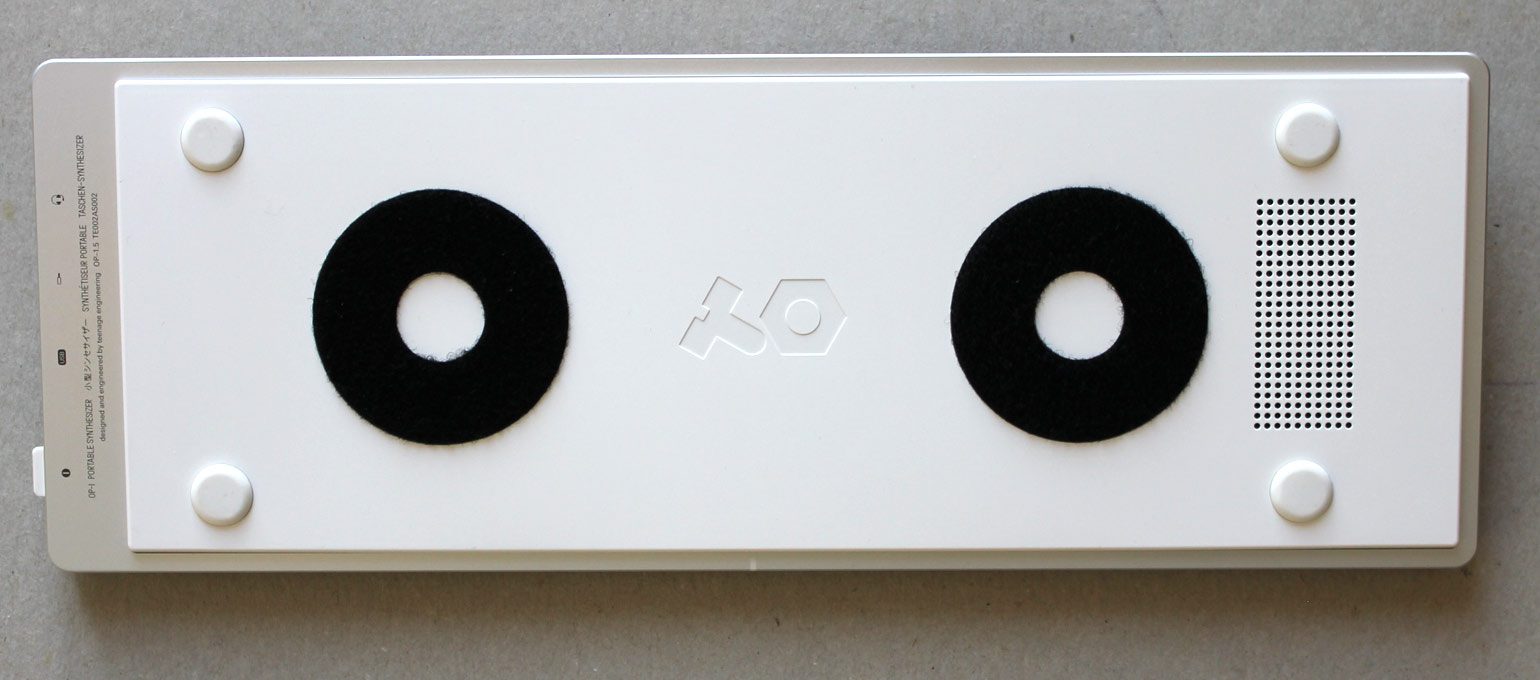
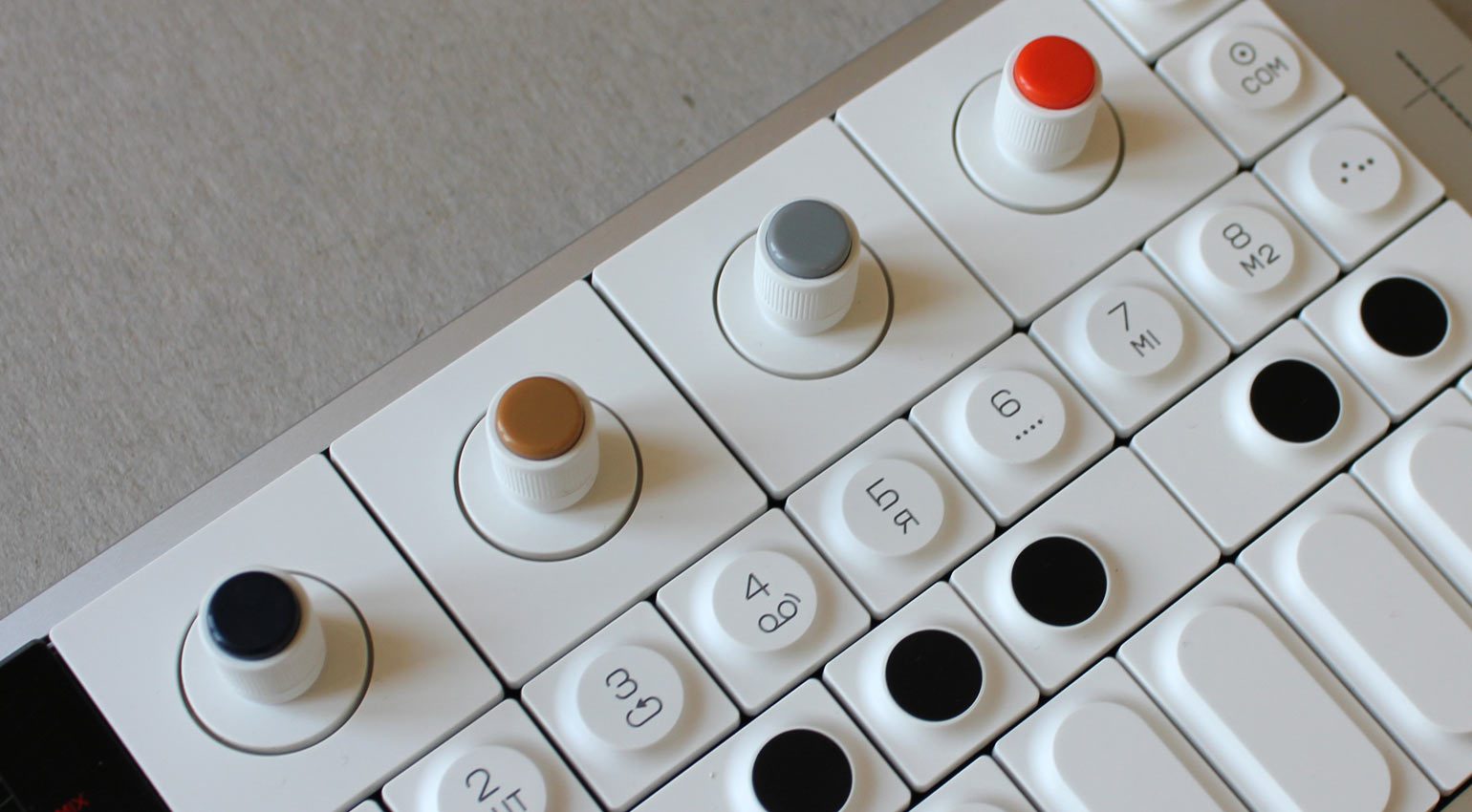
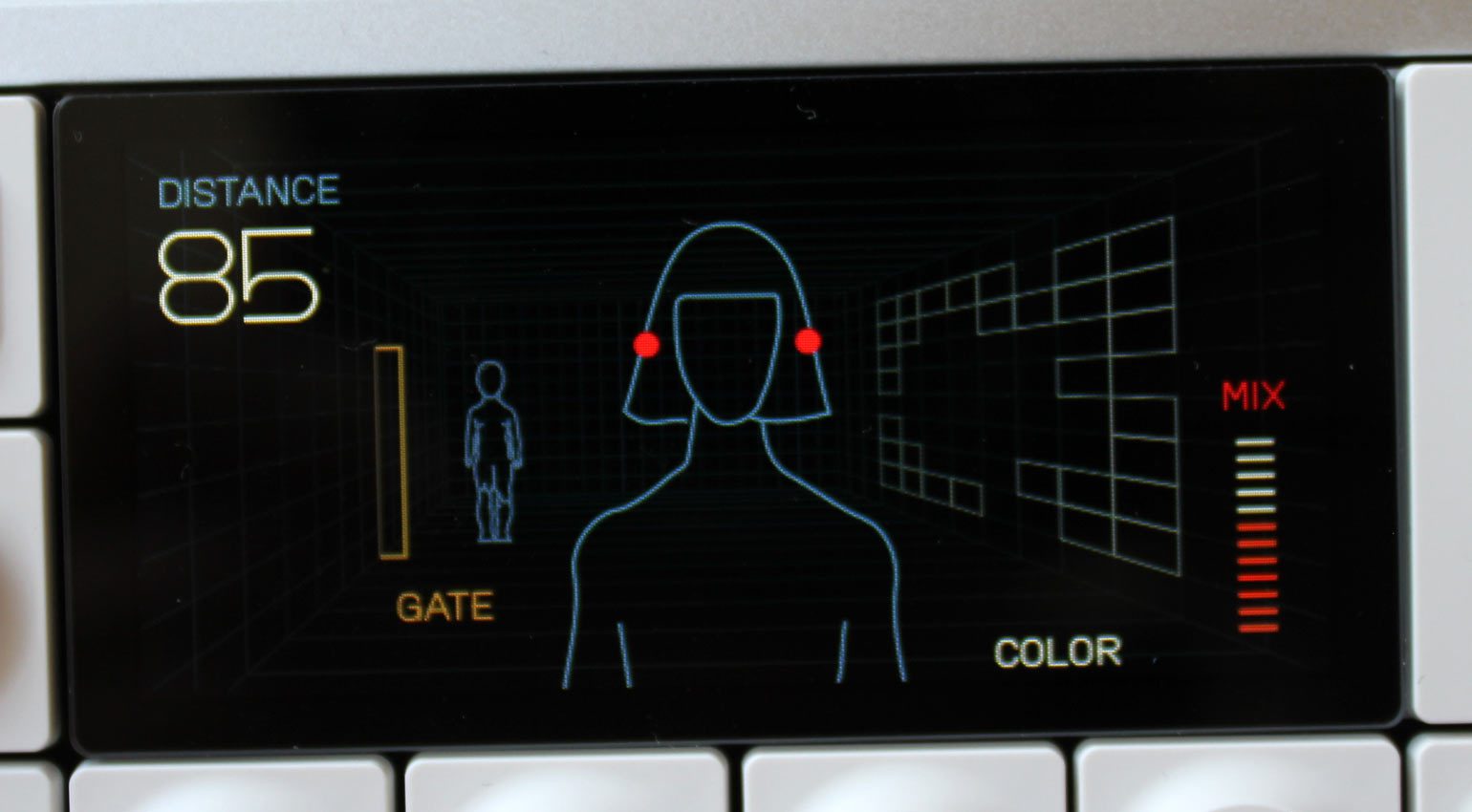
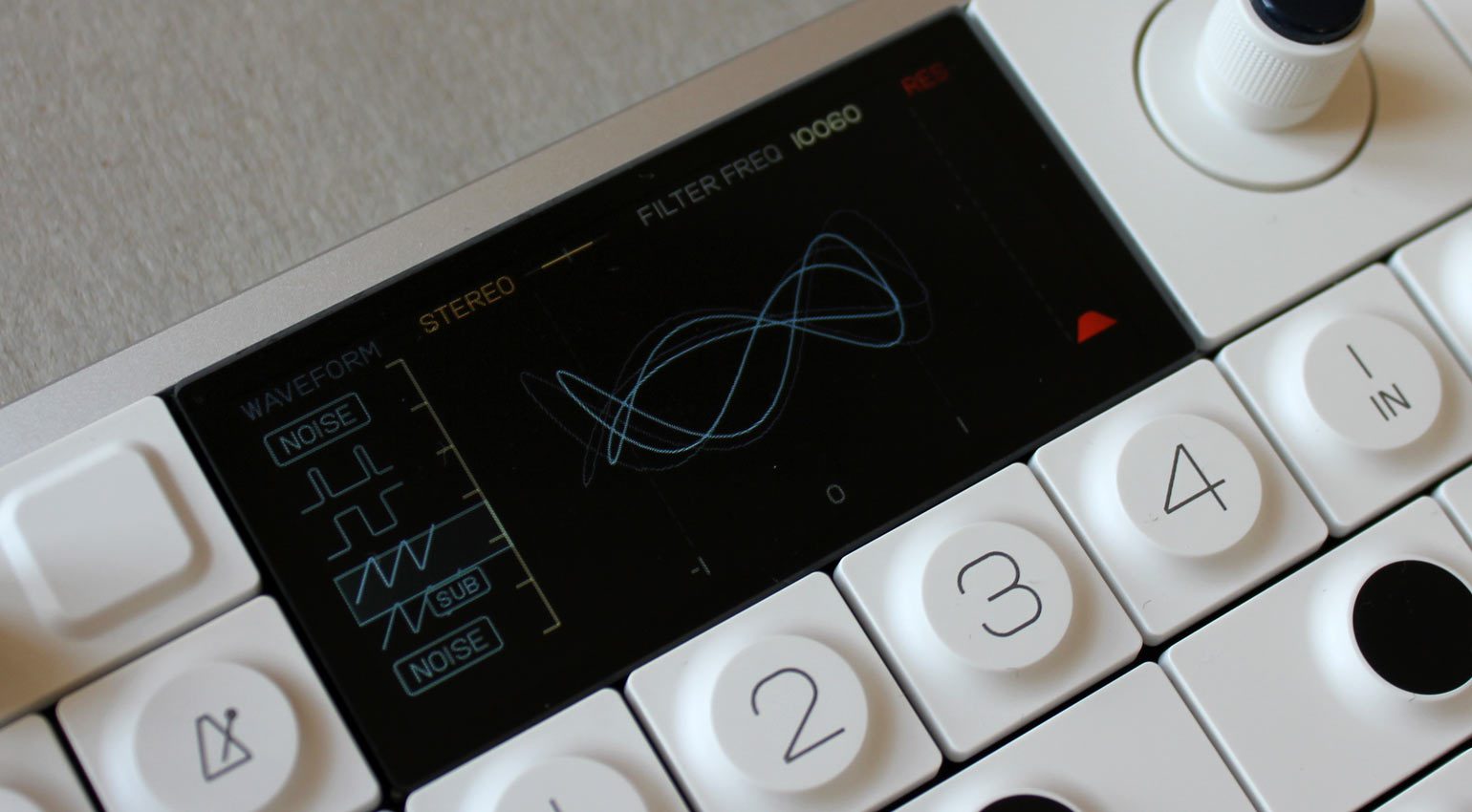
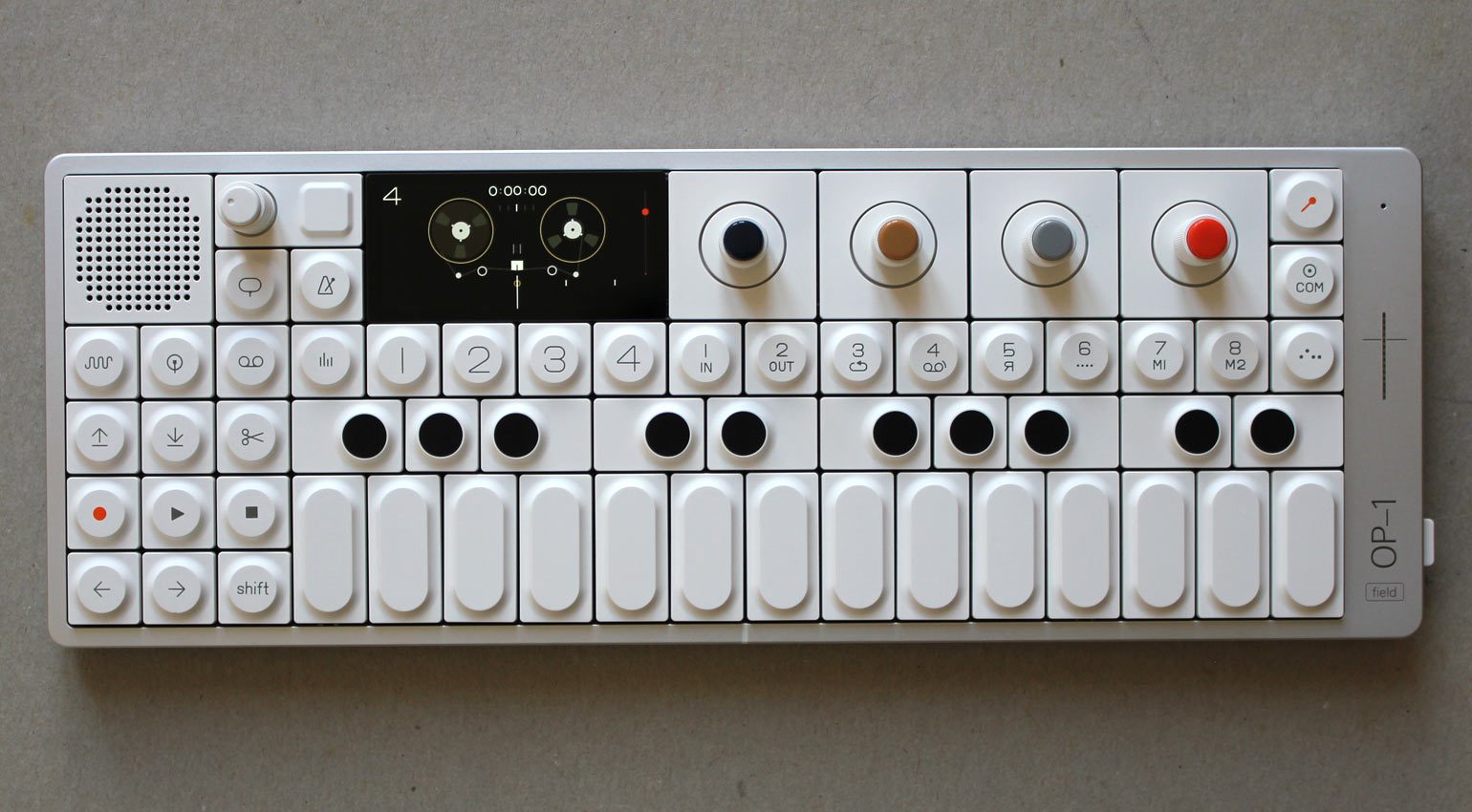

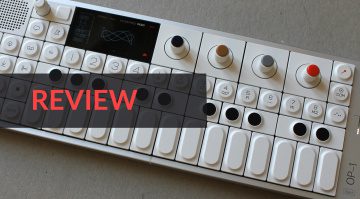

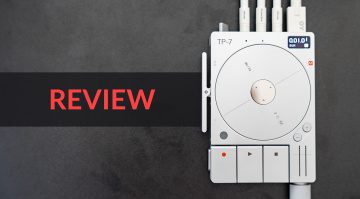
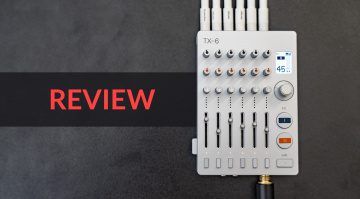
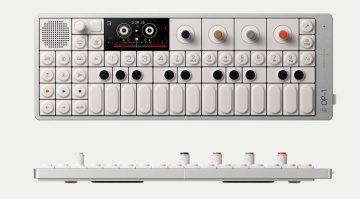
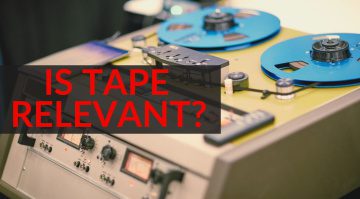

For wealthier musicians with disposable income, who already have a high-end laptop with a DAW and a suite of industry-leading VST’s.
For everyone else, get a high-end laptop with a DAW and a suite of industry-leading VST’s !